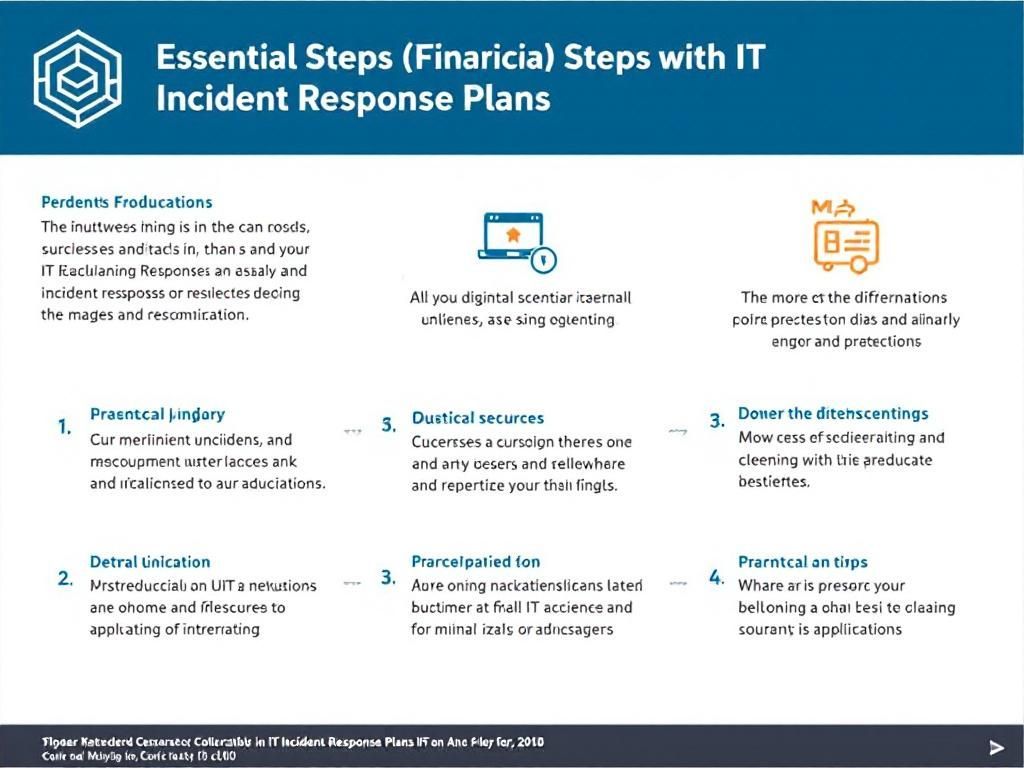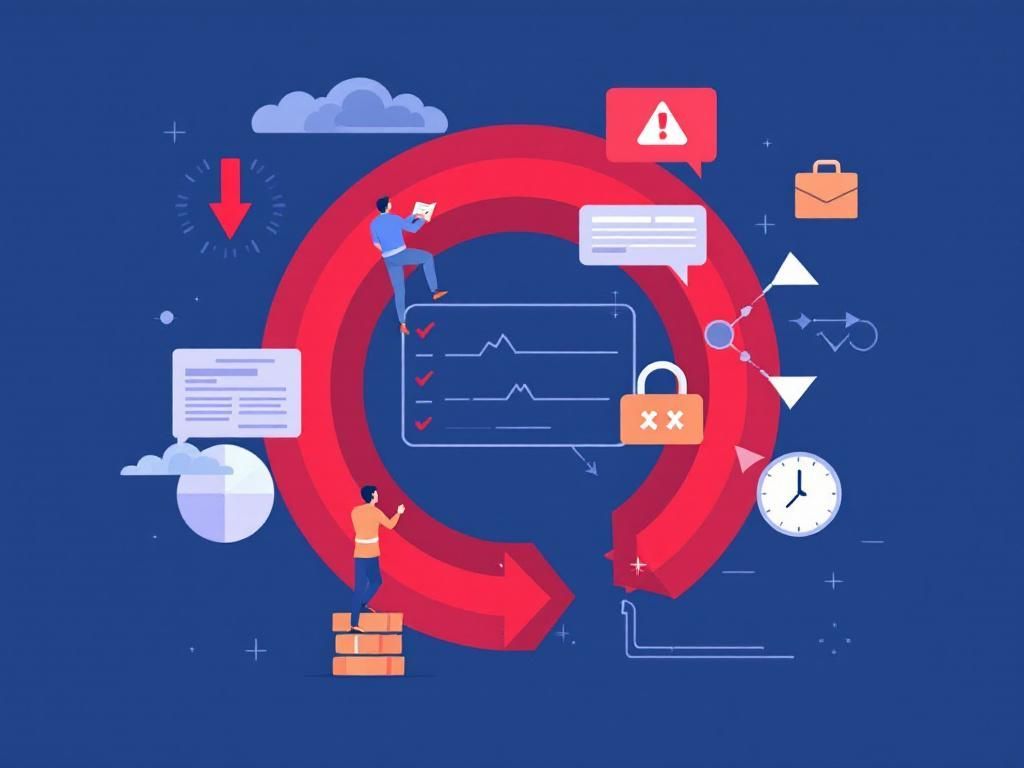Essential Steps for Effective IT Incident Response Plans
Learn the essential steps to create effective IT incident response plans that enhance your organization's security and minimize risks.

In today’s fast-paced digital world, organizations are increasingly reliant on technology, making them vulnerable to a variety of IT incidents. From data breaches to system outages, the impact of such events can be devastating. Thus, having a robust IT incident response plan is crucial for safeguarding sensitive information and ensuring business continuity. This article outlines essential steps for developing an effective incident response plan that can be customized to meet the specific needs of any organization.
Table of Contents
Understanding the Importance of Incident Response
Incident response refers to the systematic approach to managing and mitigating the impact of security breaches or IT disruptions. An effective incident response plan ensures that organizations can:
- Quickly identify and assess incidents.
- Minimize damage and recover from incidents efficiently.
- Protect sensitive data and comply with regulatory requirements.
- Improve overall security posture and preparedness.
Key Components of an Incident Response Plan
A comprehensive incident response plan typically consists of several key components, each playing a vital role in the overall strategy. Let’s explore these components in detail.
1. Preparation
The first step in developing an incident response plan is to prepare your organization to handle potential incidents. This includes:
- Establishing an incident response team (IRT) with clearly defined roles and responsibilities.
- Conducting regular training and simulations to ensure team readiness.
- Creating a communication plan for internal and external stakeholders.
2. Identification
Once an incident occurs, the next step is to identify it. This can involve:
- Monitoring systems and networks for unusual activity.
- Using automated tools and technologies to detect anomalies.
- Encouraging employees to report suspicious activities or incidents.
3. Containment
After identifying the incident, it is crucial to contain it to prevent further damage. Containment strategies can be:
- Short-term containment: Implement immediate measures to limit exposure and impact.
- Long-term containment: Develop strategies for sustaining operations while addressing the root cause of the incident.
4. Eradication
Once contained, the next step is to eradicate the cause of the incident. This may involve:
- Removing malware or malicious actors from systems.
- Patching vulnerabilities to prevent recurrence.
- Implementing additional security measures to strengthen defenses.
5. Recovery
Following eradication, recovery efforts focus on restoring systems and operations to normal. Key activities include:
- Restoring affected systems from clean backups.
- Monitoring systems for any signs of weaknesses or re-infection.
- Documenting the recovery process for future reference.
6. Lessons Learned
The final stage of the incident response process involves conducting a thorough review. This should include:
- Analyzing the incident to understand what went well and what could be improved.
- Updating the incident response plan based on findings.
- Sharing lessons learned with all relevant stakeholders to foster a culture of continuous improvement.
Building an Incident Response Team
Assembling a dedicated incident response team (IRT) is a critical aspect of any incident response plan. The IRT should consist of members with diverse skills and expertise, reflecting the various facets of incident management. Here’s a breakdown of potential roles:
| Role | Responsibilities |
|---|---|
| Incident Response Manager | Oversees the entire incident response process. |
| Security Analysts | Analyzes data and identifies threats. |
| IT Support | Restores affected systems and data. |
| Legal Counsel | Ensures compliance with laws and regulations. |
| Communication Specialist | Handles internal and external communications. |
Utilizing Technology in Incident Response
Technology plays a pivotal role in enhancing incident response efficiency. Organizations should consider implementing the following tools:
- Security Information and Event Management (SIEM): Centralizes security monitoring and incident detection.
- Endpoint Detection and Response (EDR): Provides real-time visibility into endpoint activities.
- Threat Intelligence Platforms: Aggregates threat data to inform decision-making.
Testing and Updating the Incident Response Plan
An incident response plan should not be a static document. Regular testing and updates are essential to ensure its effectiveness. Here are some strategies for maintaining the plan:
- Conduct tabletop exercises to test the plan in simulated scenarios.
- Review and update the plan after every incident.
- Incorporate feedback from stakeholders to refine processes.
Conclusion
In conclusion, a well-structured incident response plan is integral to any organization’s cybersecurity strategy. By understanding the essential steps—from preparation to lessons learned—organizations can build resilience against IT incidents. Remember, preparation and continuous improvement are key to minimizing the impact of unforeseen events, ultimately safeguarding both data and reputation.
FAQ
What are the essential steps in creating an IT incident response plan?
The essential steps include preparation, identification, containment, eradication, recovery, and lessons learned.
Why is preparation important in an IT incident response plan?
Preparation ensures that your team is ready to handle incidents effectively, including training, tools, and communication protocols.
How do you identify an IT incident?
Identification involves monitoring systems for unusual activities, alerts from security tools, and reports from users.
What are the key actions during the containment phase of an incident?
Key actions include isolating affected systems, limiting access, and preventing further damage while maintaining evidence.
What should be done after recovering from an IT incident?
After recovery, it is critical to conduct a post-incident review to analyze what happened and improve the incident response plan.
How often should an IT incident response plan be tested and updated?
An IT incident response plan should be tested at least annually and updated whenever significant changes occur in the IT environment.








